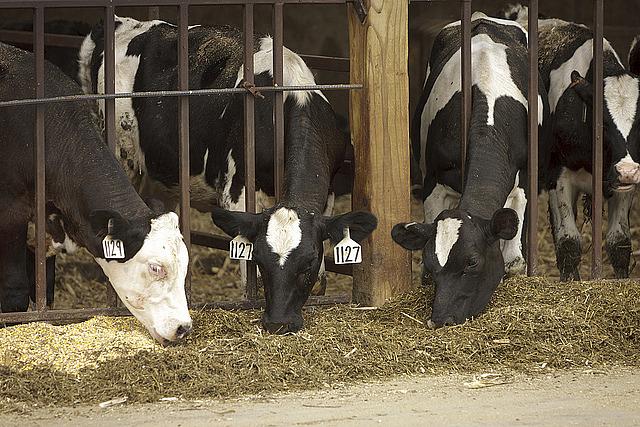How is 'big ag' impacting the health of vulnerable California communities?

Take a drive into California’s “Steinbeck Country,” the heart of the state’s agriculture industry, and you can’t help but be awed by the land. Endless rows of crops, fruit trees and grapevines dot the landscape. More than 200 varieties of crops grow in the Central Valley. It’s Big Ag in all its glory.
But look a little closer and you’ll also discover the landscape is dotted with another form of Big Ag at work: large-scale cattle, dairy and poultry farms from the northern part of the Central Valley all the way down into the border areas of San Diego County. Just off in the horizon you can see rows of large metal-roofed enclosures, massive feedlot pens and large ponds, also called manure lagoons, adjacent to the facilities. You’re looking at a “farm” — at least the way large food producers define them these days. Farms where the average number of animals per operation can exceed one million.
I’ll be working on an investigative story about the health impacts of large-scale agriculture on low-income and communities of color. By the way, the industry I’ll be looking into can be very defensive and therefore I’m reluctant to provide much more than this right now on the site, but will share developments as the work progresses and will, of course, discuss in a few days at the 2015 California Data Fellowship.
[Creative Commons photo by United Soybean Board via Flickr.]

